Introduction to Decorative Grass
When it comes to landscaping, many homeowners often overlook the potential of decorative grass. As someone who has spent countless hours planning and creating beautiful outdoor spaces, I can attest to the transformative power of decorative grasses. Not only do they add texture and movement to your garden, but they also serve a multitude of practical purposes.
In this article, we’ll explore the various types of decorative grasses, their benefits, best landscaping practices, and even some personal anecdotes to help guide your landscaping journey.
What is Decorative Grass?
Decorative grass encompasses a diverse range of grass species that are primarily used for aesthetic purposes in landscaping. They vary in size, color, and texture, providing an array of options to complement any design style, from modern to rustic.
Types of Decorative Grass
Understanding the different types of decorative grasses available is crucial when planning your landscape. Below is a comprehensive overview:
| Grass Type | Height | Sunlight Requirements | Soil Type | Best For |
|---|---|---|---|---|
| Pampas Grass | 6-10 ft | Full Sun | Well-drained, sandy | Statement pieces, borders |
| Blue Fescue | 1-2 ft | Full Sun to Partial Shade | Clay, loamy, well-drained | Rock gardens, ground cover |
| Japanese Blood Grass | 2-3 ft | Full Sun | Moist, well-drained | Accent plants |
| Miscanthus (Maiden Grass) | 4-6 ft | Full Sun | Sandy, loamy | Specimen plants |
| Ornamental Fountain Grass | 2-4 ft | Full Sun | Loamy, well-drained | Borders, mass plantings |
Benefits of Decorative Grass in Landscaping
Integrating decorative grass into your landscape offers numerous advantages:
Aesthetic Appeal
Decorative grasses can be used to create stunning focal points or soften hardscapes. The movement of grass in the wind adds life to your garden.
Low Maintenance
Once established, most ornamental grasses require very little maintenance, making them an excellent choice for busy homeowners.
Environmental Benefits
Many decorative grasses are drought-resistant and can help with soil erosion control, making them eco-friendly options.
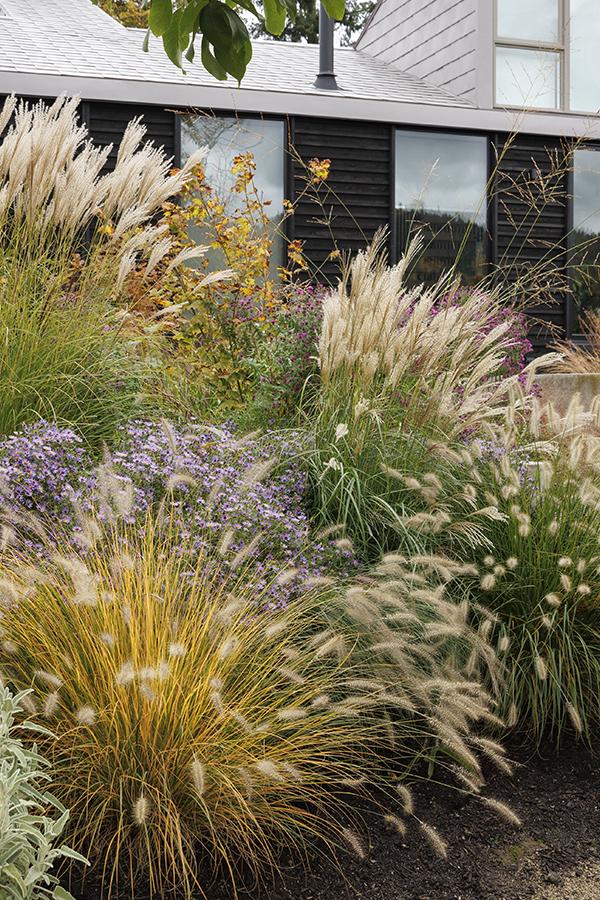
Wildlife Habitat
Ornamental grasses provide shelter and food for birds and small wildlife, supporting local ecosystems.
Using Decorative Grass in Your Landscape Design
Now that you know the types and benefits of decorative grasses, how do you incorporate them into your landscape design?
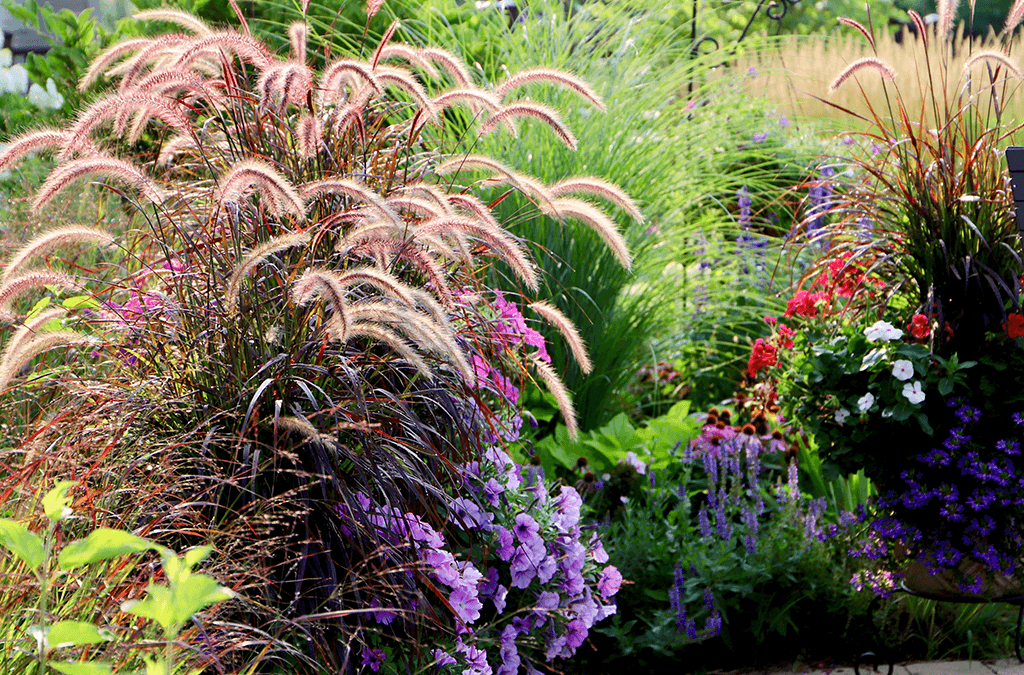
Creating Focal Points
Use taller grasses like Pampas or Miscanthus as focal points in your garden. Their height and texture create visual interest.
As a Border or Edge
Consider planting shorter grasses like Blue Fescue as borders along pathways or flower beds for a tidy appearance.
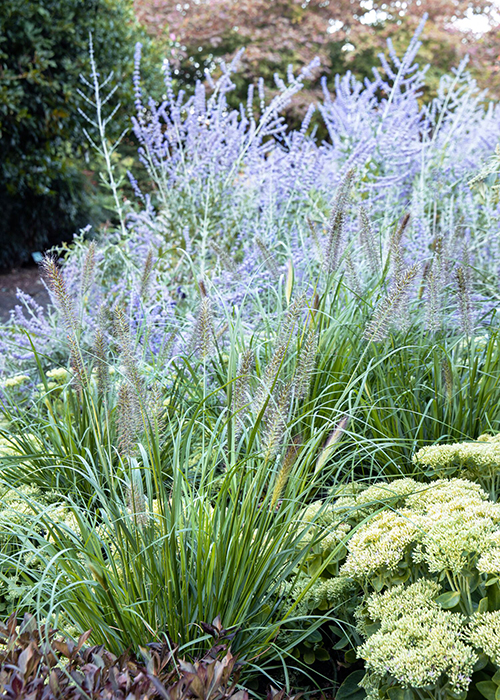
In Mass Plantings
Mass plantings of the same species can create a striking visual effect. Pair grasses with perennials for seasonal variation.
Combining with Other Plants
Mix different types of grasses for contrasting textures and colors. Pair them with flowering plants to enhance the overall aesthetic.

Personal Experience: My Journey with Decorative Grass
My love for decorative grass began when I redesigned my backyard. I started with a small patch of Japanese Blood Grass and was amazed at how it transformed the space. Over time, I added Pampas Grass as a bold statement piece, and the result was nothing short of magical. The sound of the grasses swaying in the breeze created a calming ambiance, making my backyard a favorite spot for relaxation.
Maintenance Tips for Decorative Grass
While decorative grasses are generally low maintenance, there are a few things to keep in mind to ensure they thrive:
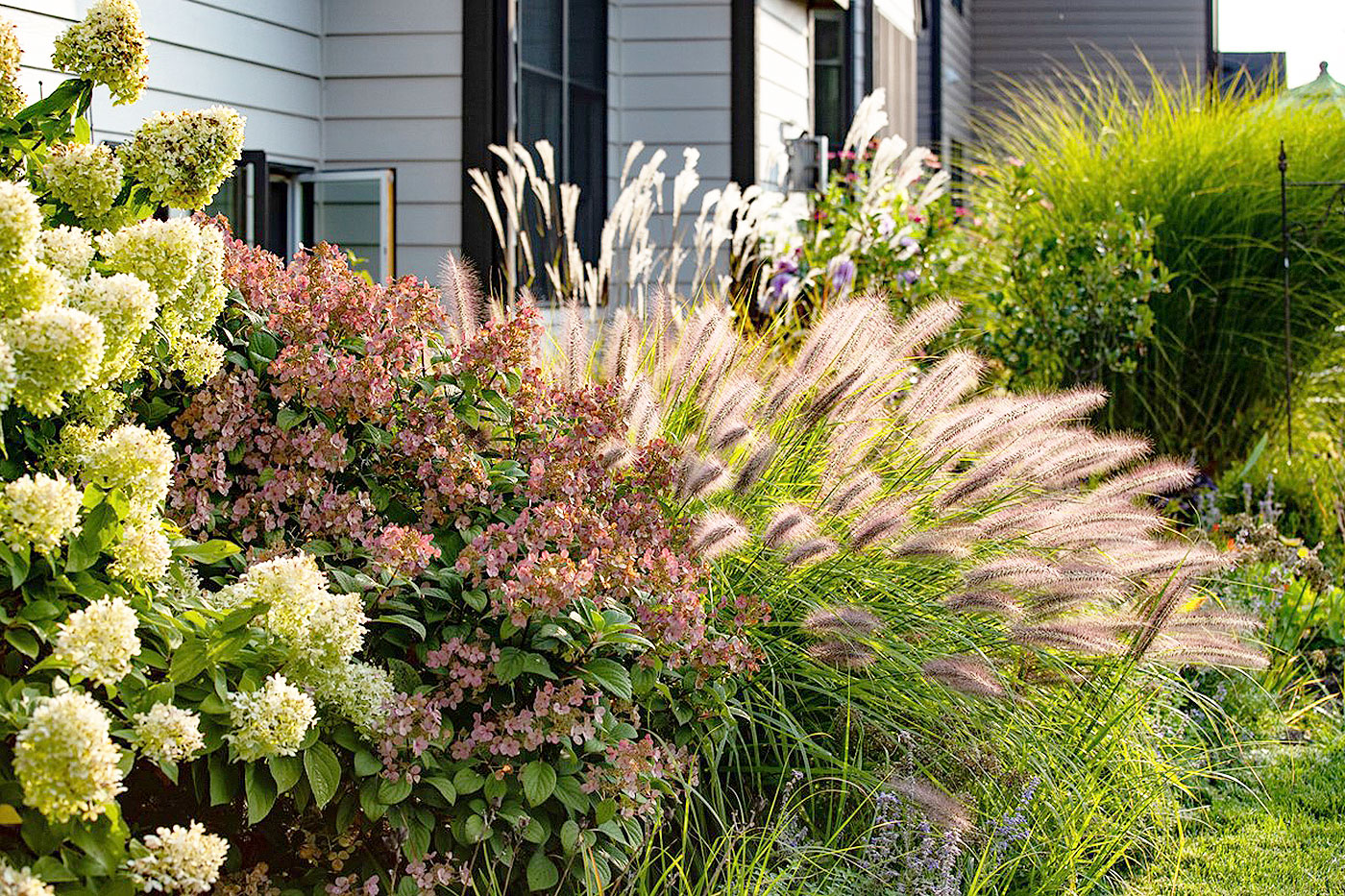
Watering
Newly planted grasses require regular watering until established. Once settled, many are drought-resistant.
Pruning
Prune back dead foliage in late winter or early spring before new growth starts. This promotes healthy growth.
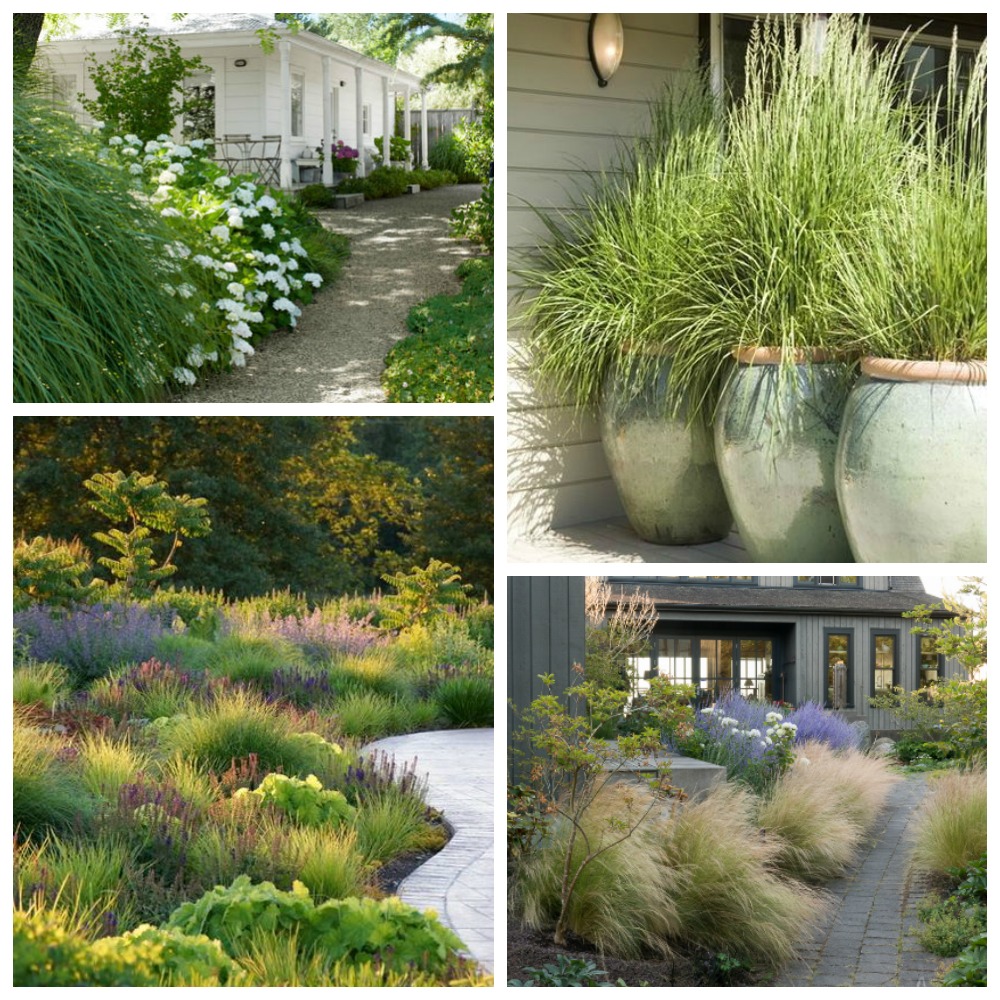
Fertilizing
Apply a balanced fertilizer in early spring to encourage vigorous growth and vibrant color.
Common Questions About Decorative Grass
What are the best decorative grasses for full sun?
Some excellent options are Pampas Grass, Fountain Grass, and Miscanthus. They thrive in full sunlight and add beauty to any garden.
Can decorative grasses grow in shade?
Yes, certain types like Blue Fescue and Japanese Blood Grass can tolerate partial shade, making them versatile in various settings.
How tall do decorative grasses grow?
The height of decorative grasses can vary significantly. Some grow as low as 1 foot, while others can reach heights of 10 feet or more.
Are ornamental grasses invasive?
Most ornamental grasses are not invasive and can be managed easily. However, it’s best to check local guidelines for specific species.
Pros and Cons of Decorative Grass
Pros
- Low maintenance once established
- Adds texture and movement to landscapes
- Drought-resistant varieties available
- Supports local wildlife
- Versatile for various landscaping styles
Cons
- Can become too tall or spread if not pruned properly
- Some types may require more water than others
- Seasonal appearance: some grasses die back in winter
Conclusion
Decorative grass is an excellent addition to any landscape. With their diverse range of colors, textures, and sizes, they can enhance both the aesthetic and environmental value of your outdoor spaces. Whether you’re a seasoned gardener or just starting out, incorporating decorative grasses can offer a rewarding experience.
So, go ahead and explore the world of decorative grass—your garden will thank you!